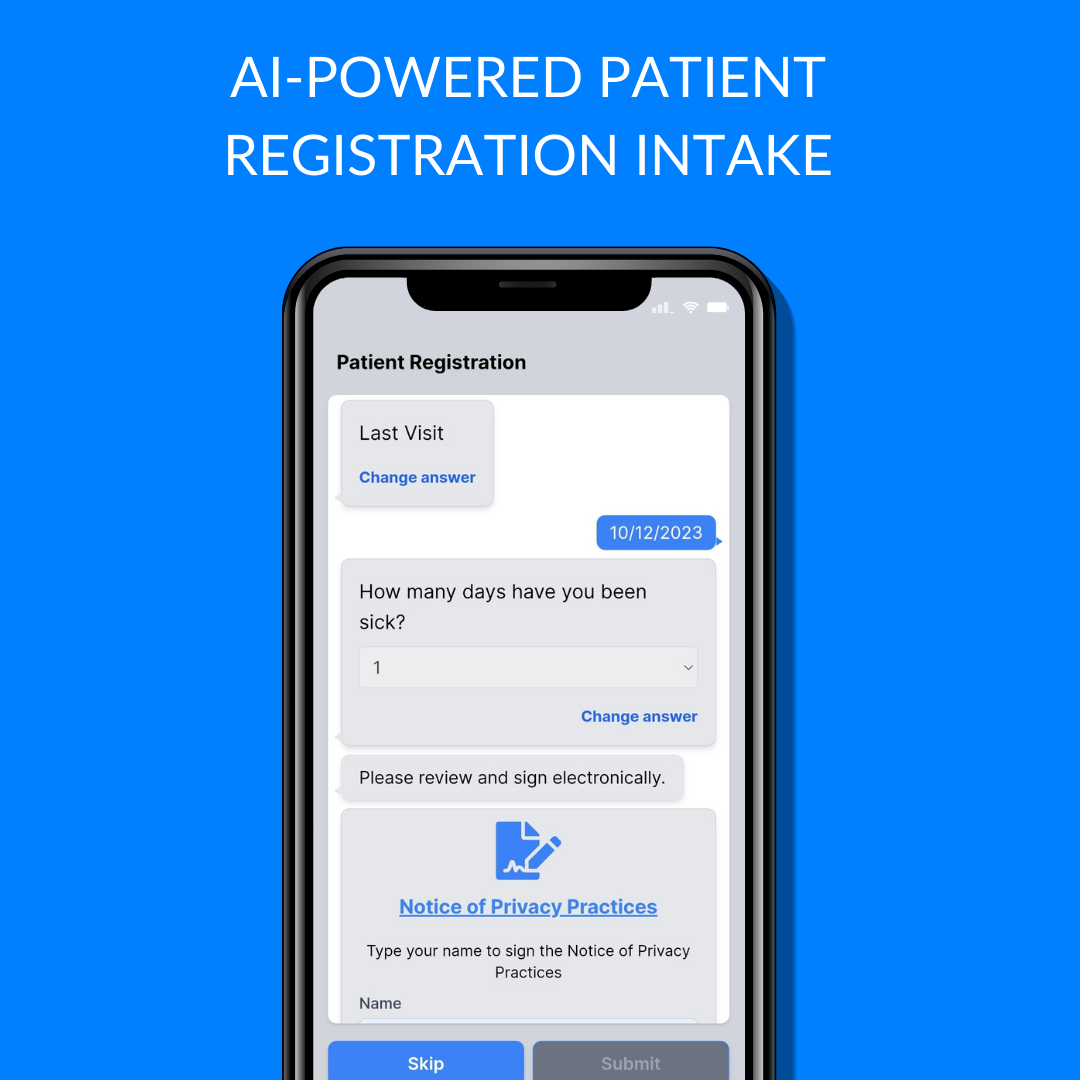Patient referrals play a crucial role in the healthcare system, allowing for the seamless transfer of patients between healthcare providers while ensuring continuity of care. However, the referral process can often be complex and inefficient, leading to challenges such as lost referrals, delays in care, and miscommunication between providers. Closing the referral loop is essential in optimizing the patient referral process and improving patient outcomes.

Key Benefits
According to a use case by ReferralMD, a healthcare technology platform specializing in referral management, there are several key benefits for healthcare organizations of all sizes, from private practices to large health systems, in implementing effective patient referral strategies. One of the primary benefits is the ability to track the complete life-cycle of the referral process and exchange data in real time with all community providers, regardless of their Electronic Medical Record (EMR) system.
Closing the referral loop involves ensuring that all necessary information is communicated between the referring provider, the receiving provider, and the patient. By leveraging technology solutions like ReferralMD, healthcare organizations can prevent referral denials, receive decisions sooner, and reduce malpractice risk by tracking the entire referral process from intake to completion.
Moreover, effective healthcare referrals can lead to faster, better-quality patient care, allowing for timely communication and coordination between providers. ReferralMD enables healthcare providers to send messages to patients based on their communication preferences, including appointment reminders, driving instructions, and follow-up messages. This ultimately enhances the patient experience and reduces the likelihood of missed appointments.
Another critical aspect highlighted in the use case is improving provider and health system communication through a robust referral management solution. By offering visibility into competitor referral patterns, enhancing patient access, and reducing lost referrals due to improper handling or outdated fax technology, healthcare organizations can streamline their operations and provide more efficient care to patients.

What Does “Closing the Loop” Mean?
In addition, by leveraging tools like SmartMATCH Decision Support, healthcare providers can triage and match patients with the best providers based on clinical guidelines and outcomes data, ensuring that patients receive the most appropriate care for their needs.
Another key benefit of an effective patient referral system is closing the feedback loop and improving loyalty among referring providers. By securely transmitting clinical summaries, updates, and appointment information to care providers, healthcare organizations can enhance provider relationships, increase revenue, and ensure continuity of care for patients across different healthcare settings.
In conclusion, patient referrals and closing the referral loop are essential components of a well-functioning healthcare system. By utilizing technology solutions such as ReferralMD and implementing best practices in patient referral management, healthcare organizations can optimize the referral process, improve patient outcomes, and enhance the overall quality of patient care.
Conclusion
By prioritizing effective patient referrals and closing the referral loop, healthcare organizations can drive better outcomes, streamline operations, and deliver more patient-centered care. Remember, effective patient referrals benefit everyone involved – healthcare providers, patients, and the healthcare system as a whole.











